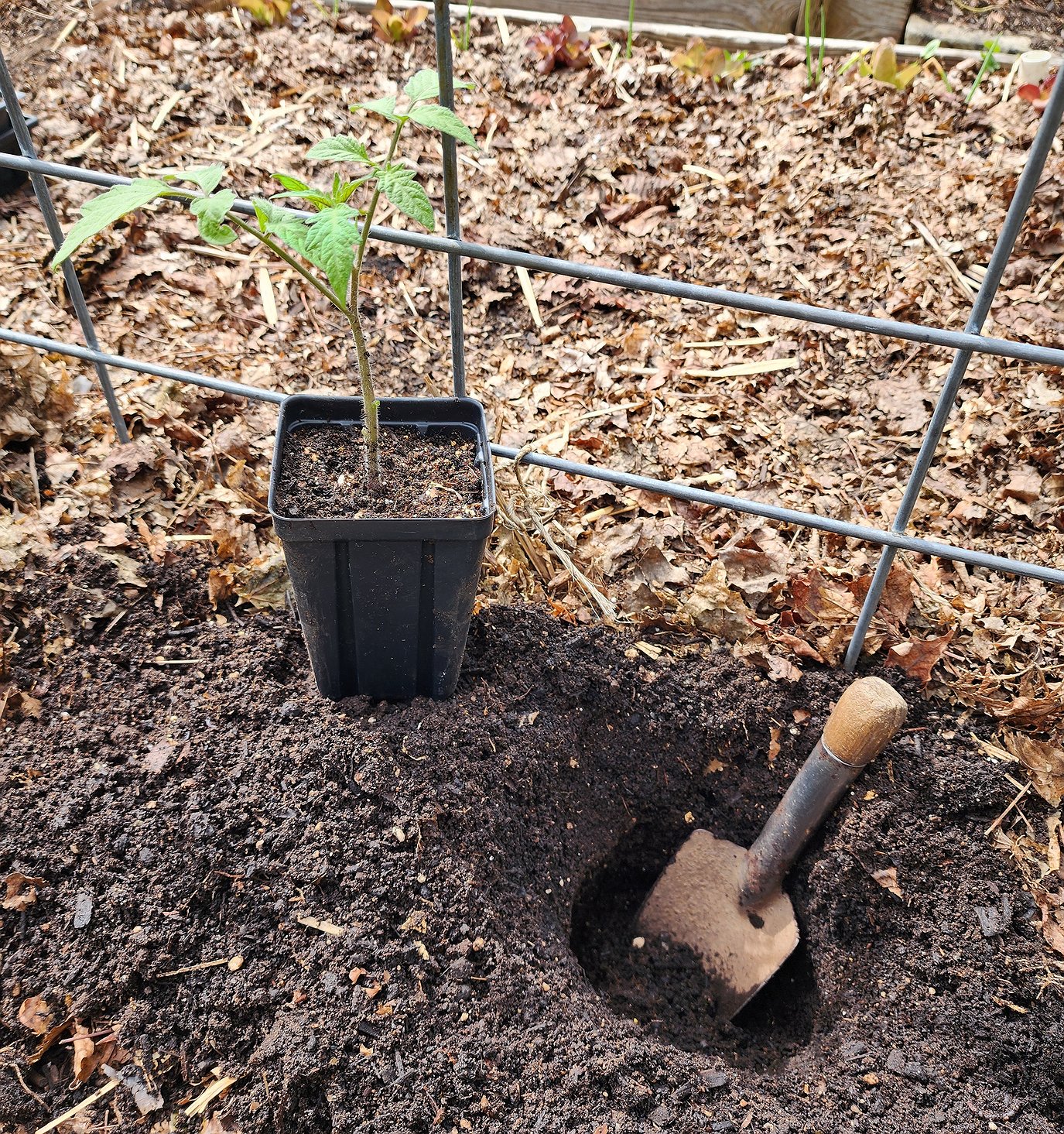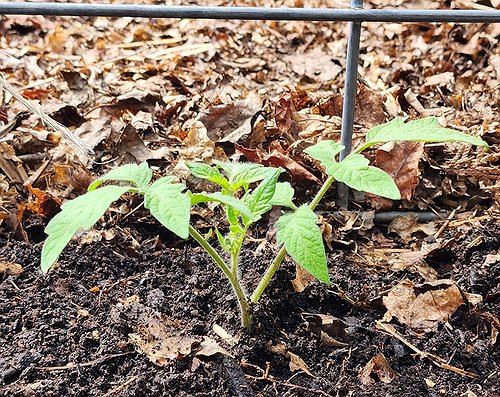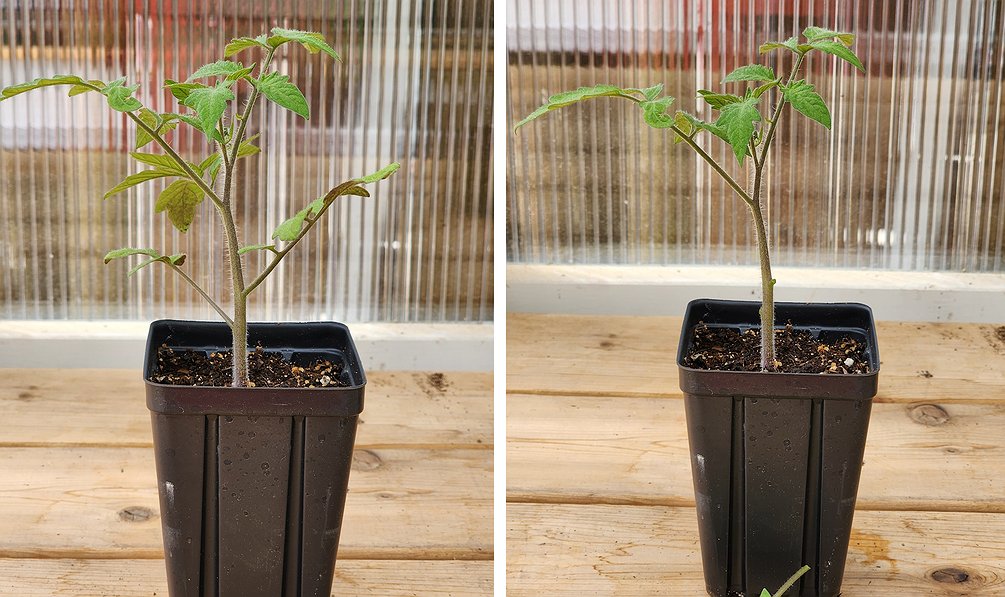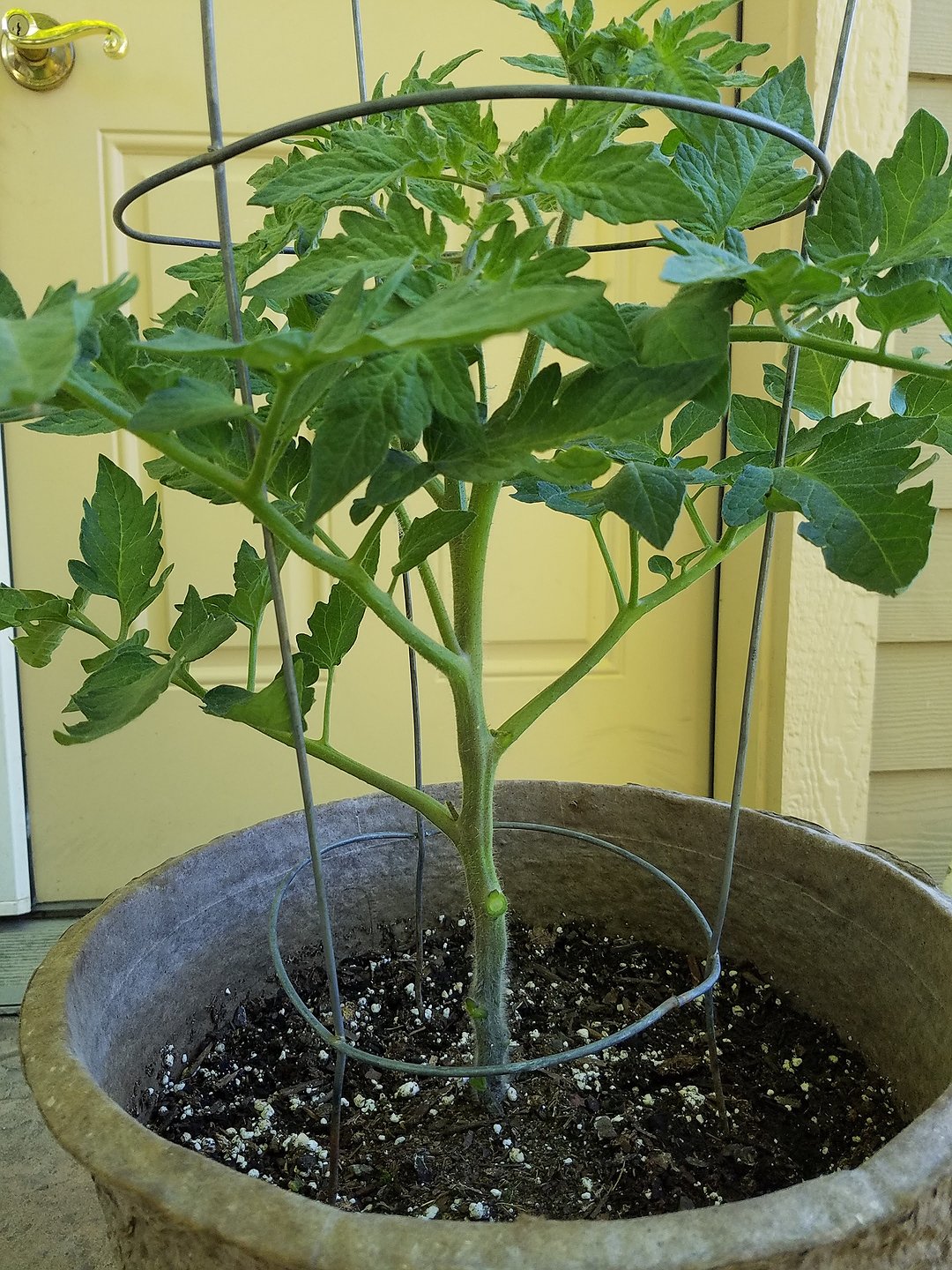Tomato planting for success
I love tomatoes. Specifically, I love growing tomatoes. Did you know there are 10,000 varieties of tomatoes? I think I’m on a mission to grow them all.
Seriously, for me there is no greater joy than picking that first big, juicy tomato in the summer. Every gardener should experience that joy (and that mouthwatering taste).
I’ve been asked if it’s possible to grow large beefsteak tomatoes here in North Idaho. Yes, it is!
The keys are to select varieties that will produce fruit in under 90 days and to get your plants off to a good start with proper planting and care. Here are a few tomato-planting basics to help you achieve a big, juicy success this year.
Before you plant
First things first, are your tomato plants hardened off? This is the process of acclimating indoor-sown transplants to outdoor conditions.
Plants purchased from a reputable nursery or local grower will have most likely been hardened, but it’s always a good to ask.
Next, keep an eye on the weather forecast. We’re past our last frost date for Coeur d’Alene, Post Falls, Rathdrum and Hayden, but outlying areas can still be at risk for a light frost into June.
Remember, tomato plants require warm soil (at least 50 degrees), along with warm air temperatures to grow and thrive. I don’t plant my tomatoes until the overnight temperatures are consistently at 50 degrees or more — that could be mid-May or the end of May.
And, since Mother Nature has been known to toss a few hail balls our way well into June, have frost protection at the ready. A floating row cover or cloches made from milk jugs can protect young plants from cold wind and rain.
When to plant
Once conditions are optimal, it’s time to plant — unless it’s a beautiful, hot sunny day. Wait, what? Unfortunately, too much intense sun and heat can quickly wither young plants that are trying to adjust to transplanting.
If at all possible, strive to plant on a calm, overcast day or time your plantings for later in the afternoon when the sun isn’t so intense.
Into the deep
Tomatoes should be planted deep, whether you’re planting them in the ground or in a container. By deep, I mean approximately two-thirds of the stem goes below the soil, with one third above. Gently pinch or cut off all stems two-thirds down the plant. This pertains to any size transplant — even dwarf varieties.
Why so deep? The reason is all about the specialized cells, called parenchyma, that are found along the plant’s stems. You may have noticed bumpy nodules around the base of your mature tomato plant; those are the parenchyma cells, also known as adventitious roots.
Above ground, these cells help with photosynthesis, but when they are below ground, they turn into roots. More roots mean more opportunity to take up nutrients for a stronger, healthier plant.
If planting deep isn’t possible, the trench method is a good alternative. Trenching is where the plant is placed on its side in a trench and the roots and lower two-thirds of the plant are covered with soil. The top of the plant is gently bent upward. This method is just as effective as deep planting, but there is a greater risk of breaking the upper stem — so use caution.
For container planting, choose one that has at least a 5-gallon capacity and is 16 inches deep. This provides adequate space for roots. Dwarf tomato varieties can be planted in 2-gallon containers with a 12-inch depth. And, one plant per container, please!
Space your tomatoes 18 to 24-inches apart to allow for good air circulation between plants.
Growing on
Tomatoes are vining plants and most need some support. It’s best to do this at planting time when the plants are small and manageable. Wire cages, wooden stakes and cattle panels offer strong support.
When it comes to watering, slow and deep at the base of the plant is optimal. Strive for 1 to 2 inches of water per week.
Quick, shallow watering produces shallow roots and unstable plants, and overhead watering can promote disease. Plus, very little water actually makes it to the base of the plant, where it is needed. Adding a layer of mulch (dried grass, leaves, or straw), will help to retain moisture and prevent weeds.
To help to prevent soil-borne diseases from reaching plant leaves, prune off the lower stems and any leaves from upper stems that may reach the soil.
Container-grown tomatoes require regular feeding with a slow-release organic fertilizer and watered frequently, especially during times of high heat.
Within a few days of planting, your young tomatoes will begin to “green-up” and show signs of new growth. Continue to watch your plants for any signs of disease or pests throughout the season. Love your tomatoes and they will love you back with a bounty of juicy, homegrown goodness later this summer!
• • •
Candace Godwin is a certified Idaho Master Gardener and the owner of The Coeur d’Alene Coop (thecoeurdalenecoop.com), offering seasonal plant sales and advice on gardening and raising backyard chickens.











